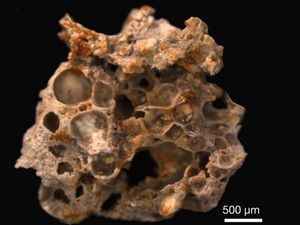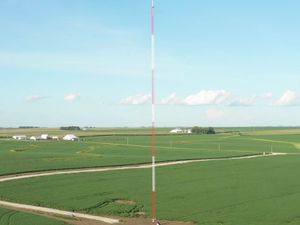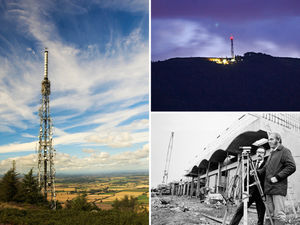These 1.6 billion-year-old fossilised oxygen bubbles may hold clues as to how life evolved on Earth
The bubbles were created by ancient bacteria believed to be the first life forms on the planet.

Fossils containing remnants of oxygen bubbles created 1.6 billion years ago may hold clues as to how life was formed on Earth.
Scientists believe the fossilised bubbles, uncovered near a mountain range in central India, may have been created by ancient microbes that lived in shallow waters hundreds of millions of years ago.
Known as cyanobacteria because they contain a bluish pigment, these microbes – much like modern plants – captured light using photosynthesis to make food, creating oxygen in the process.
The fossils are believed to have been part of an ancient microbial mat – a complex ecosystem of microbes that lived on submerged and moist surfaces.

According to the researchers, microbial mats housing cyanobacteria may have been the first life forms on Earth.
These communities of microbes helped turn the planet into a hospitable environment for plants and animals to thrive and pave the way for life as we know it today.
Cyanobacteria were responsible for oxygenating the atmosphere, changing the face of the Earth irreversibly, the researchers said.

The scientists say the fossilised bubbles can be seen as “a signature for life”.
Analysis shows some of the bubbles have been partly compressed, suggesting the ancient microbial mats had a flexible original texture.
The findings are published in the journal Geobiology.





